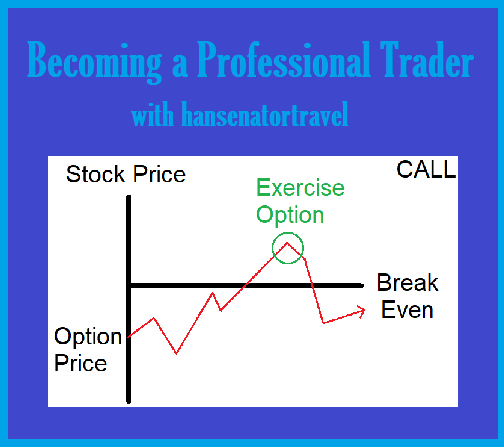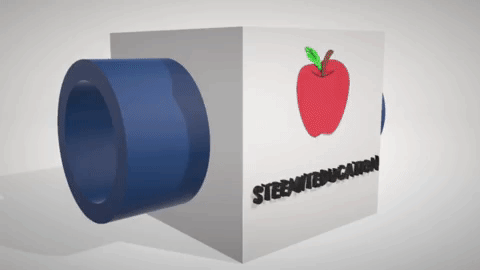Option Volatility and Pricing (Natenburg) - Chapter 3 - Contract Specifications and Option Terminology

Chapter 3 - Contract Specifications and Option Terminology
Contract Specifications
- Type
Recall: a call option is the right to buy (long) and a put option is the right to sell (short).
The difference between an option and a futures contract is that a futures contract requires delivery at a fixed price. With an option the buyer of the option has the right, but not the obligation to make the call or put. - Underlying - the security or commodity to be bought or sold under the terms of the option contract.
On all futures options exchanges, the underlying is uniformly one futures contract.
An exchange may also choose to list serial options on futures, an option expiration where there is no corresponding futures month. When a futures option has no corresponding month, the underlying contract is the nearest futures contract beyond expiration of the option. - Expiration or Date Expiry - the date on which the owner of an option must make the final decision whether to call or put. Usually the third Friday of the expiration month.
AM Expiration is commonly used for stock index contracts. Options on individual stocks are still subject to the traditional PM Expiration, where the value of the option is determined by the underlying stock price at the close of trading on the last trading day. - Exercise Price or Strike Price - the price at which the underlying will be delivered should the holder of an option choose to exercise his right to buy or sell.
As an example of an exchange-traded option, the buyer of a crude oil option October 90 call on the NYME has the right to take a long position in one October crude oil futures contract for 1000 barrels of crude oil (the underlying) at a price of 90 per barrel (the exercise price) on or before the October expiration (the exercise date). - Exercise and Assignment
(1) Exercise a call - You choose to buy at the exercise price
(2) Are assigned a call - You are required to sell at the exercise price
(3) Exercise a put - You choose to sell at the exercise price.
(4) Are assigned a put - You are required to buy at the exercise price.
Note: Depending on the underlying contract, when the exchange-traded option is exercised, it can settle into (1) the physical underlying, (2) A futures position, or (3) settlement into cash. - Exercise Style
European Option can only be exercised at the expiration date.
Option Price Components
An option price, or premium, is run by demand, so buyers and sellers make competitive bids and when two match a trade is made.
The premium is determined by two values, the intrinsic value and the time value, or extrinsic value. Market participants are willing to pay this additional amount because of the protective characteristics afforded by an option over an outright long or short position in the underlying. Some options have no intrinsic value, so just a time value.
- In the Money, At the Money, and Out of the Money

Example 1:
Underlying contract trading at $435
April 400 call trading at $50
50=(435-400)+(50-35)
Example 2:
Underlying contract trading at $62
October 70 put trading at $11
11=(70-62)+(11-8)
An option that has a positive value is said to be in the money. An option that has a negative value is out of the money. - Automatic Exercise
To avoid the situation where an in-the-money option expires unexercised most exchanges have instituted an automatic exercise policy.
If the option is in the money by $0.06, a trader who feels that the option is not worth exercising may submit a do not exercise notice. Otherwise, the exchange will automatically exercise the option on the trader’s behalf. - Option Margining
Options can be either stock-type settlement or futures-type settlement.
When an option has a limited risk the margin that must be deposited is the max that the trader can lose.
Some option positions have unlimited risk, the clearinghouse considers risk and can require a margin deposit commensurate with the risk.
The most widely used margining system on futures exchanges is the Standard Portfolio Analysis of Risk (SPAN) system developed by the Chicago Mercantile Exchange.
Source:
Natenberg, Sheldon. Option Volatility and Pricing Advanced Trading Strategies and Techniques. 2nd ed., McGraw-Hill Education, 2015.



I just got a 6 steem upvote on my teenagecrypto account
Nice! Good work!
I resteemed it!
Congratulations @hansenatortravel! You have completed the following achievement on Steemit and have been rewarded with new badge(s) :
Click on the badge to view your Board of Honor.
If you no longer want to receive notifications, reply to this comment with the word
STOP